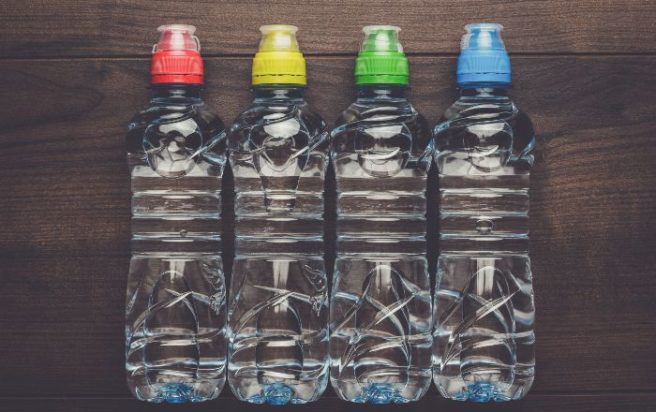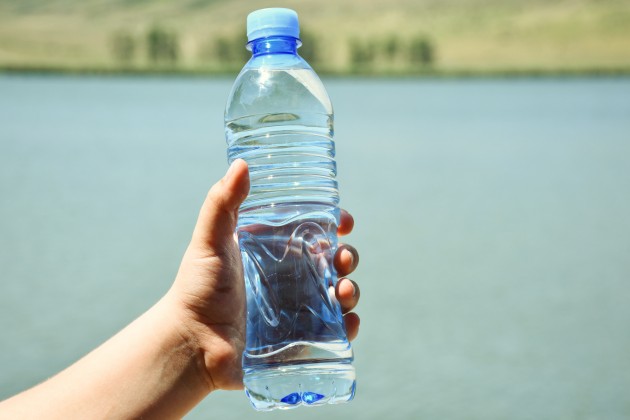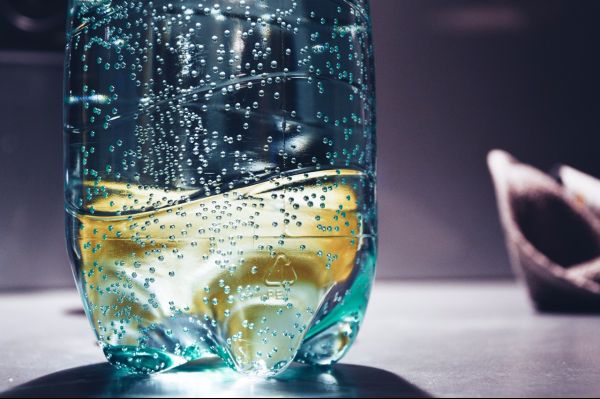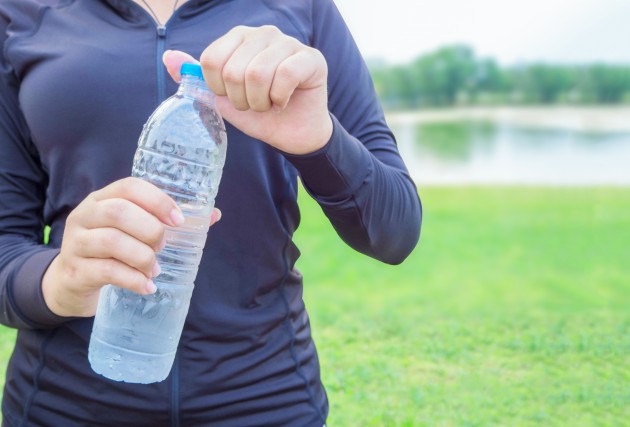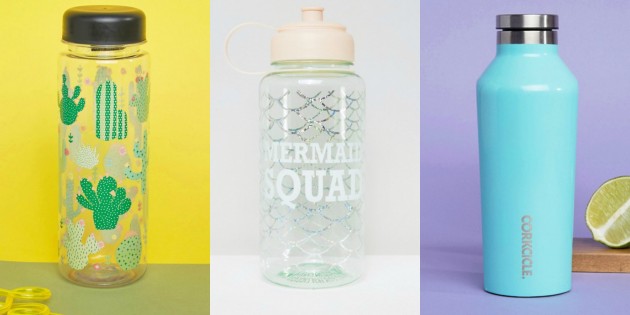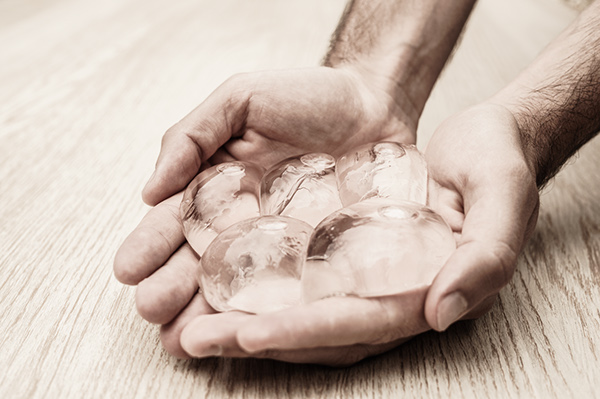It's the ultimate household convenience item: in fact, cling film is found in just about every kitchen.
That's because whether you're wrapping up sambos for your lunch, or keeping leftovers in the fridge for the following day – it's pretty much requisite.

And while for years, health-gurus have warned that the plastic wrap can't be good for us – it seems now there's some significant weight to their argument: two major reports have in the last year have linked it to health problems relating to cancers, fertility and foetal development.
Even the globally influential Cancer Research UK, which has so far been sceptical, is warning that cling film should not be allowed to touch the food it is covering during microwaving.
And it's not the only everyday product under scrutiny either.

That's because Bisphenol A (BPA), which is the thing causing so much worry, is widely used in plastics manufacturing. And in the human body, it mimics the effects of female sex hormone, oestrogen.
Such is the concern that as of January 1 of this year, France banned the use of BPA in all food packaging.
Prof Andrea Gore of the University Of Austin in the US, who has studied the effects of chemicals on reproductive function, has warned: "I heat food only in glass or ceramic, and although I use cling film in my fridge to cover cooked food, I remove it before reheating that food in the microwave."
So, what should we be cautious of?

1) Transporting your lunch in Tupperware
Many reusable plastic food containers – including Tupperware – are also made with BPA. So popping your pasta snack into a lunchbox just got somewhat sinister.
Old containers that are showing signs of wear and tear are particularly suspect, as they are the most likely to be unstable and prone to releasing BPA into food.
Your best bet? Replace the lunch-boxes regularly and use cardboard containers or paper bags whenever possible.

2) Reusing plastic bottles
No one likes buying a new bottles every time – and some folk have been known to keep an old bottle of Ballygowen going for weeks, but it's probably best avoided.
Brand new bottles are fine, but as the plastic decays, particles of the BPA can be released into drink or food that touches it.
Switching to glass or lightweight metal sports bottles is a good alternative for those who don't want the waste of buying multiple bottles of water.

3) Heating up cling film
Even Cancer Research UK now says that you shouldn't allow cling wrap to come into direct contact with food when heating it.
That's because heating food covered with plastic can melt the plastic on to the food.
And of particular concern is cling film made from PVC, which contains hormone-disrupting phthalates, a chemical that keeps plastic soft. PVC cling film has been banned in America, but it is still in use in Europe.
A top tip? If you’re heating a plate in the microwave, just cover it with another plate or a chemical-free kitchen roll.

4) Using the dishwasher
Microwaves aren't the only potential source of heat, of course: sticking plastic cutlery, storage containers or bottles into the dishwasher can have the same effect. Heat, from any source, will cause the plastic to become less stable and make particles more likely to leech into food.
Incredibly, one study, published in Environmental Health Perspectives, showed that 95 per cent of plastic products put through a dishwasher proved positive for leaching chemicals that had an oestrogen-like effect on the body.

5) Eating or drinking from polystyrene
Styrene, a component of the likes of polystyrene cups, has been classified as a possible carcinogen by the US’s International Agency For Research On Cancer, and benzene, also used in production, is another suspected carcinogen.
So it's best to avoid it altogether. Opt for wooden disposable cutlery and paper rather than plastic straws too.
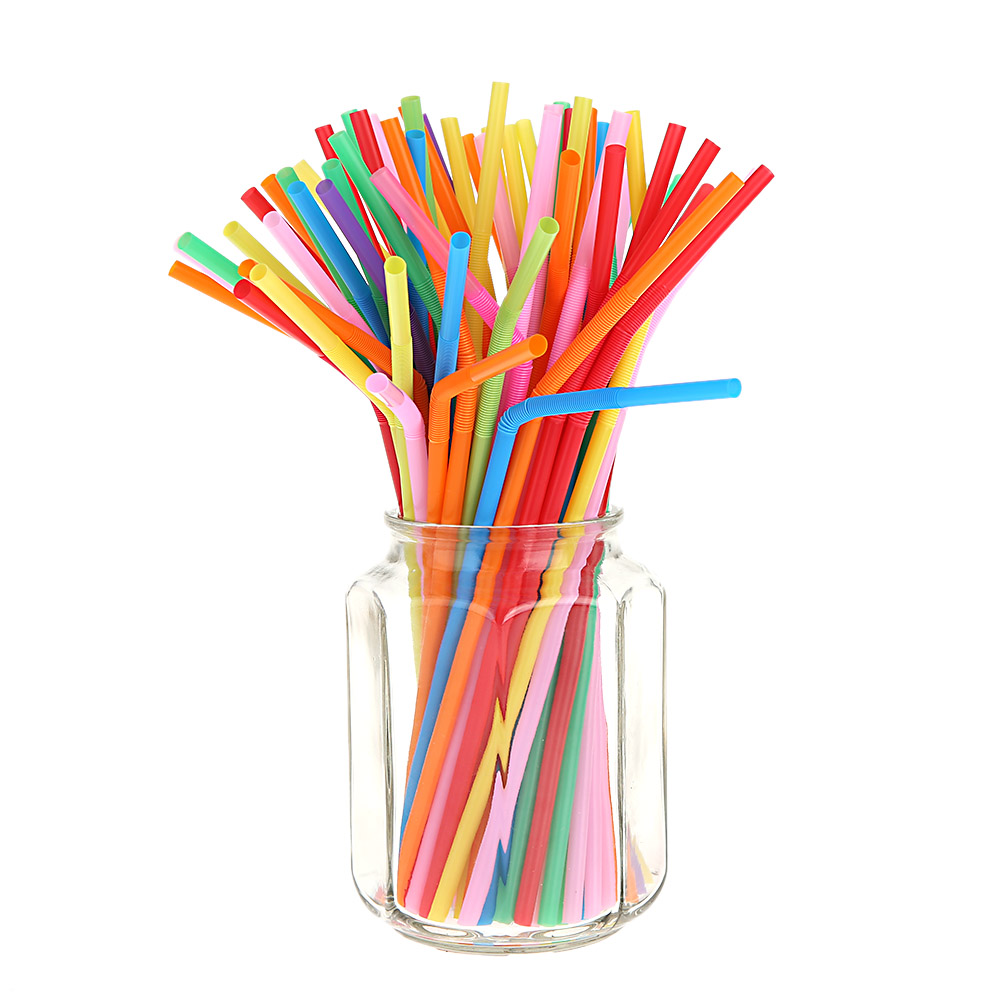
6) Having fizzy drinks
Make sure you stick to cans rather than bottles when it comes to soft and fizzy drinks: the latter might be packaged in bottles that contain formaldehyde, a known toxicant.
Indeed, it is potentially a carcinogen.
However, some scientists point out that formaldehyde is also found in low doses in some foods, including apples.

